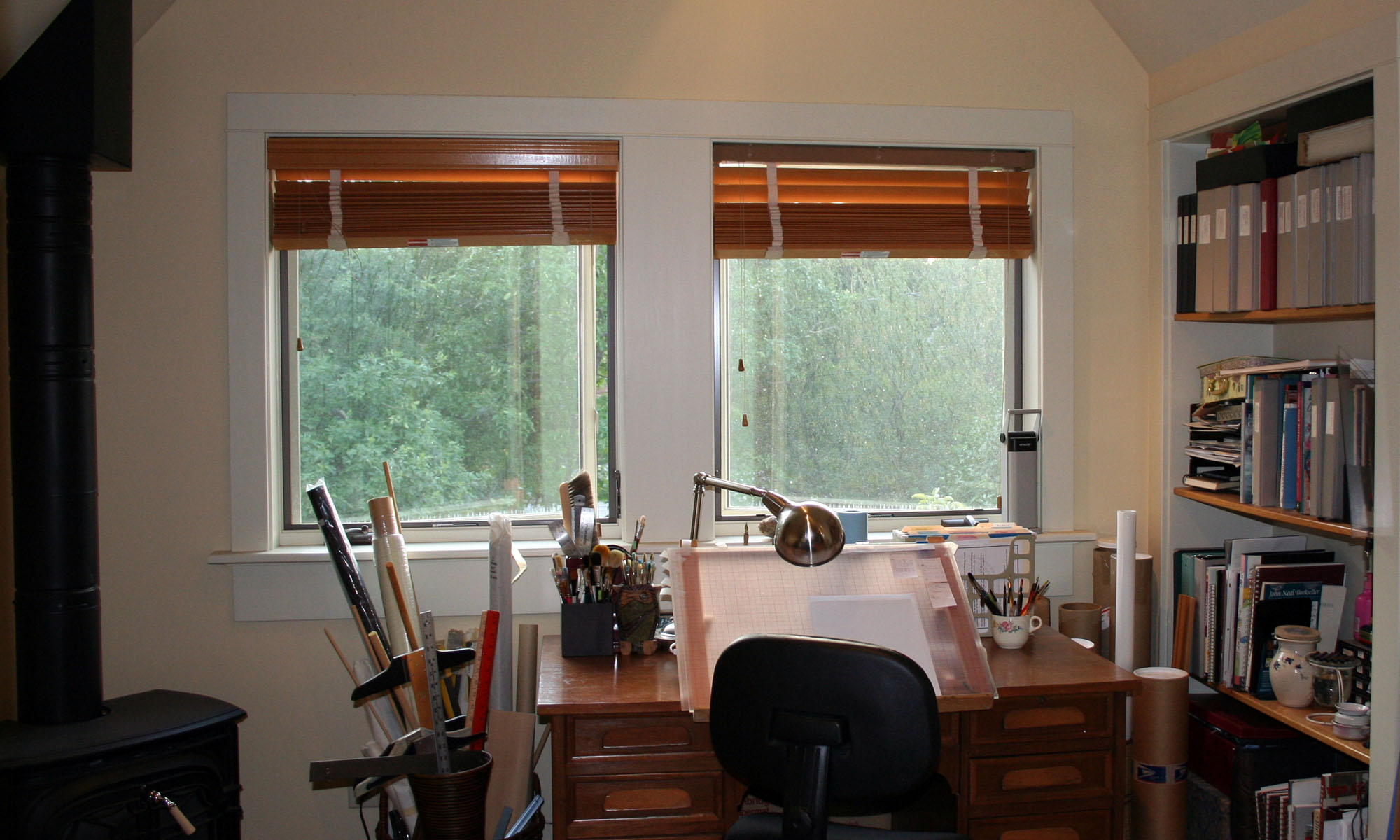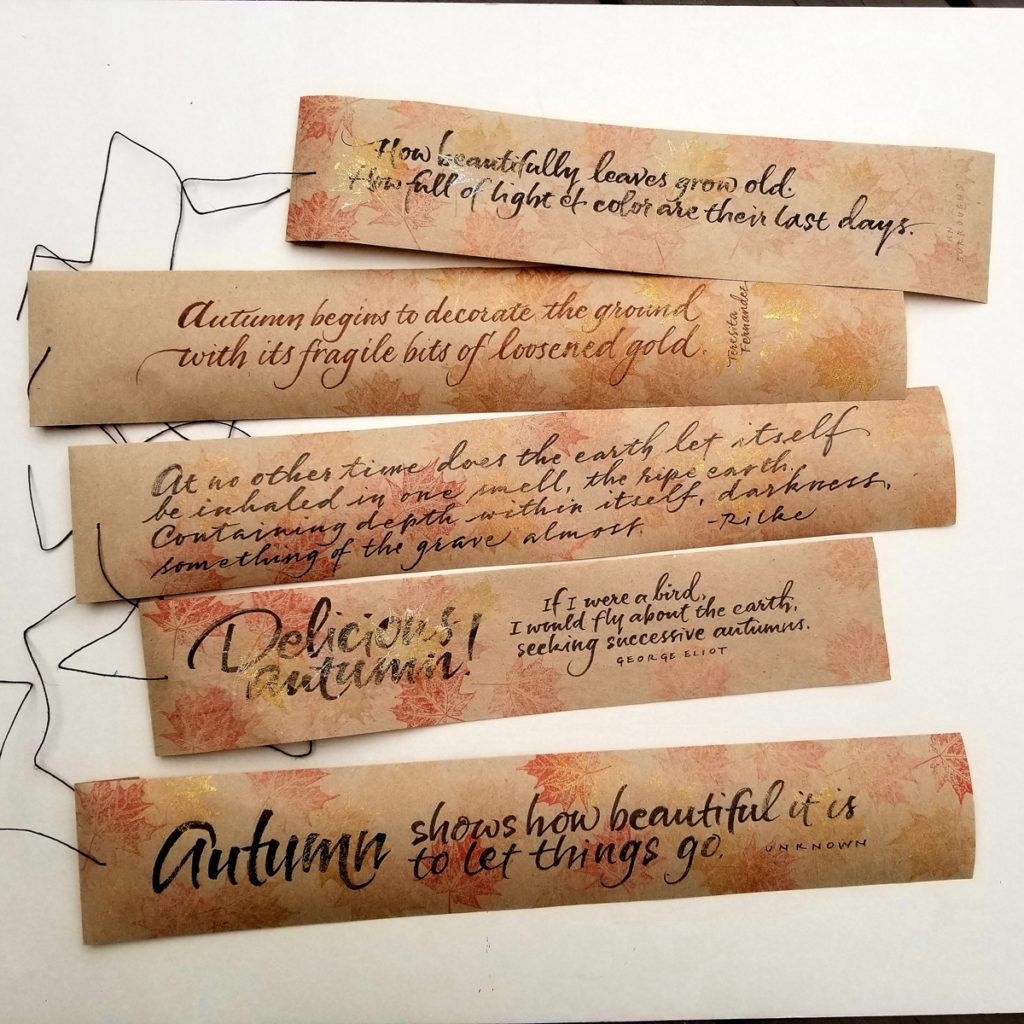
It’s unseasonably warm for March in Bozeman. Ski season will end early, and the mud is just about everywhere. Earlier this month the trails on the 38 acres of Snowfill in the Bridger foothills mud and slush on top of slippery ice. My most exciting purchase lately has been a new spin mop 🙂 Time for some more weathergrams. You may remember this post, autumn before last, and this one a few weeks later, showing those weathergrams after they had weathered some.
These will, once again, be distributed throughout the trails in town. This one is almost out of date, but the memory of slippery mud is still fresh.
Weathergrams should be short, original insights, 8-10 words long. I did not follow that rule for these next ones, which are not my own words and are longer texts. If you wish to follow the suggested format, more guidance may found here in the form of Lloyd Reynolds’ book Weathergrams in PDF format.

These don’t follow the exact rules for weathergrams, but I like the freedom of the longer line length.

